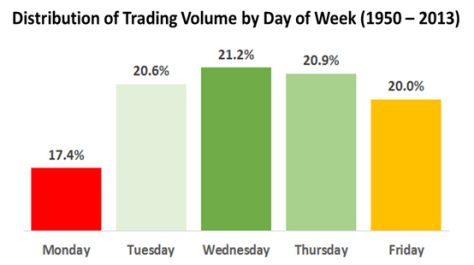This week in Following the Auction, we’re looking at recent price action in the S&P 500 and recent action in the EuroStoxx 50.
News this week from the worlds financial gurus was a riot with Warren Buffet declaring he did the research and 6-year-olds have the lowest death rate in the world, so he strategically developed a diet to mimic that of a 6-year-old boy. He’s enjoying his PB&J’s and lots of Coca Cola… 5 a day! (do you think he owns KO?) Buffet is also known as a value investor as was another financial guru who passed away this week, Irving Kahn. Kahn, born in 1905, had an understanding of the concept of value investing prior to the stock market crash of 1929, when he noticed that traders were bidding stock prices into the stratosphere. Selling short 50 shares of red-hot Magma Copper that June, Kahn wagered the price would plummet. When the market crashed on Oct. 29, his $300 investment, about $4,000 in today’s dollars, more than doubled. On an NPR interview in 2006 he said, “I wasn’t smart, but even a dumb young kid could see these guys were gambling. They were all borrowing money and having a good time and being right for a few months and, after that, you know what happened.” Interesting comment to think about… fear and greed… always an integral gear to the auction.
Talking about value investing relative to our current market prices versus Europe and some say European stocks look very cheap, especially compared to the U.S. investment strategists are mixed on whether to overweight or underweight Europe but agree investors would be wise to include some exposure in their portfolios. As futures traders we worry less about the investing aspect and more about volatility, ATR and margin. However, we track smart money footprints and resulting trends. With the financial worlds’ eye on Europe and Dragis’ QE, let’s take a closer look at the S&P 500 and the EuroStoxx 50. While the S&P 500 has 500 stocks and the EuroStoxx 50 has only 50 stocks, it nevertheless is a very liquid market and over the last decade has become more popular with day-traders in the US, and clearly longer term investors as well. Note the following information on both charts, please click to enlarge.
- High in 2000 – ES 1655.25 – EX 4941
- High in 2007 – ES 1466.75 – EX 4060
- Low in 2009 – ES 530.50 – EX 1188
- Current price (circled in yellow) in relation to above highs and lows
- Lower pane chart shows the United States Dollar vs the Euro currency.
Note these two indexes relative to the old highs from 2000 and 2007 and where they are now. The S&P 500 broke the trendline the end of 2012, the EuroStoxx 50 broke the trendline last month. Not to be ignored are the currencies in the lower chart pane, see the dollar in a short squeeze and liquidation on the euro. Note the euro has broken the 1.18/1.19 level (grey horizontal line) it has held as support over the last 10 years as the dollar is coming close to hitting the 1.00 level, it’s resistance over the last ten years.
Clearly the trend is up on both indexes but the auction in the S&P got a little tired last week as evidenced by an RTH (regular trading hours) excess high. The last all-time-high at 2088.75 was a market profile ‘poor’ high which implies an unfinished auction. Wednesday’s high of day at 2117.75 left a 3 TPO ‘excess high’ and marks the end of the auction, for that period in time. While the excess certainly marked the high for last week, with 3 days of one-time-framing lower, value moving lower yet not quite reaching 2099.50, the lower BAE (balance area extreme) upper limit. Staying above 2099, LVN (low volume node) keeps the weekly trend up and challenges the excess high. Acceptance below the LVN targets the two prominent HVNs (high volume nodes) below at 2096.25 and 2093.25. Carry forward information, a poor low from 2/23/15, 2099.75 an additional poor low from 2/20/15, 2082.25 and a gap between 2070 and 2071.50. Two poor highs, Thursday and Friday.
A final day-trading comparison chart between the EuroStoxx 50 and the S&P 500. The charts compare last week, the EU on a 24-hour chart, the US day-session open marked with a grey vertical line. The ES chart is the day-session only. I think the arrows give a relatively good feel for how the week progressed in both markets. Please click on chart to enlarge.
Coming into the final month of the quarter, what shall we expect? Register for FREE on the website and then get your coffee and open Pat Tabet’s Pre-Market update, waiting for you upon login. Then, Charles Cochran posts commentary on the ES, ZB, CL and 6e with actionable trading levels based on volume profiling! Heading into the open, Lewis Borsellino will get down to business with the Man Over Market’s Morning Call. When you’re asking.. whaddawedonow?The MOM team has answers!
Have a spectacular week! Trade smarter… not more often!























